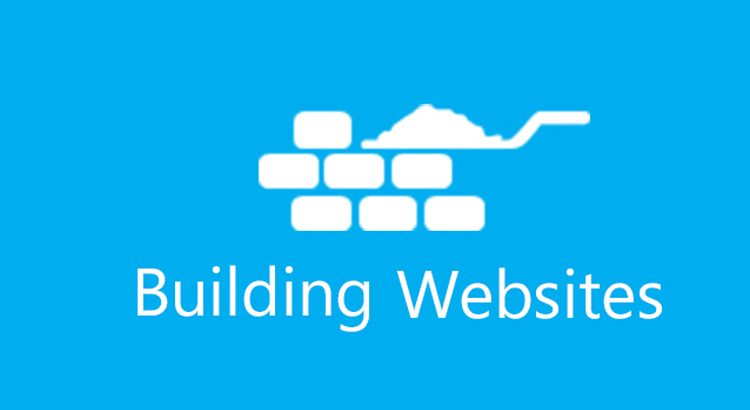Designing a website is more of a function. People consider it as a behavior or an art. Well, there always is the creativity that goes in every kind of design but that works as a background score and what you see in front is a result of a process oriented approach.
Building a website has everything to do with a proper planning and staging of events and activities without which the whole creative and cognitive efforts would become too vague and flaky. All these stages need to have a proper streaming and should work with a rational force for the process to be optimally productive. For the right flow of ideas and the whole approach and tasks to work in a tandem these 6 stages are worked out by the domain experts and are followed as industry standards for building a website:
- Information Gathering
- Planning
- Design
- Development
- Testing and Delivery
- Maintenance
Information Gathering
Gathering information about the business or the idea you are building website for is required in first place. You need to be very clear with your purpose and then search for the information. Learn about the company’s plans and reasons for which it is operating and dig into the internal value dynamics. The more you communicate the more you will be able to understand the purpose, goals, target audiences and content on which the whole idea of the business is based.
Planning
All the information that you have gathered needs to be put together to help you build your plan for the website. Just relate all that you’ve got with your requirement to funnel-in the needed information to be used as a reference element to build your web plan. Use the information in consumable chunks and assign them specific reference points. This will help you be consistent with selection of order and agenda for the website. This will include everything from choosing a suitable technology to devising the navigation plan for the website. A properly structured planning would also help in creative judgment as you would be confident with the process chosen and applied.
Design
Now when you have the information and plan it’s time to take out your brush and stencil. Just start-off with a theme in mind and start building your things sticking to a tone. Start with a sketch, try to mix ideas to create variations and build a couple of design prototypes. Finalize your design and prepare mock-ups starting from the most important pages that would represent and lead the entire web profile. If you are a hard core UI designer, you need to work in a close proximity with a team of technical experts who would help you do the required CSS and XHTML, to help you have a functionally all-inclusive design.
Development
Once you have the design ready for your site you should start developing the code for the home page and create a shell for internal pages. It would work as a template to refer for navigation and functional facets and help you build the web architecture for the entire website quite confidently and easily. Mark all objects and features that need to serve the entire web framework with resources and facilities. If it’s an ecommerce cart website it needs to have a complete presentation schema and the integration of the web elements done with adequate scalability and security measures in place.
Testing and Delivery
No website comes out perfect in the first go. There are many bugs and limitations left when you develop a website no matter how carefully you do your task. Quality assurance testing plays a vital role in building a good website. Someone well-versed with testing standards and technical knowledge should work on it. For the website to meet all the validation and compatibility measures, it is important to go step by step following a proper testing guide and apply those using test cases putting quality checks at multiple levels. Stuff it with relevant keywords while you are adding titles, meta-tags, h-tags and content to it to make sure it is optimized for search engines. Once you are done with this, deploy it on a safe server and get a domain name registered for it and you are done with a perfect delivery.
Maintenance
Maintenance backs the purpose of building a successful website. Just like you get your car serviced every once in a while you need to take care of your website too. To meet your web objectives you need to have a close check on refueling needs of your website. Get the obsolete and outdated content replaced with the fresh one. If it is a database driven site, maintain the data on regular basis and add new values and entities to it. Maintenance is also important from the perspective of search engine optimization that requires the content to be placed and worked upon as per latest updates and algorithms. Further, if the website regularly deals and communicates with customers or manages large data on regular basis there has to be a dedicated support system to back it up.




